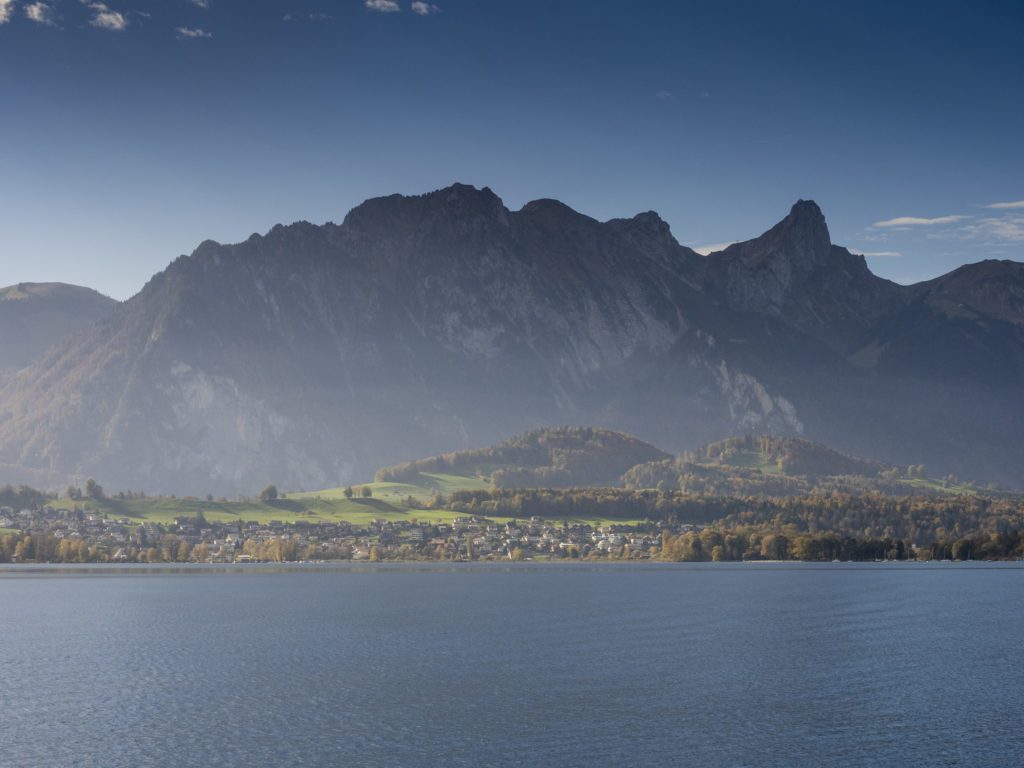Ever since I was little, I dreamt of taking a Swiss train and travelling to the Alps. See the Matterhorn, experience the Almleben, get stuffed with fondue and stare at the bridges, passes and peaks through the window. The dream came through, first in 2010 when I spent four months in Switzerland working as an au-pair and again this year when I visited my hosting family and decided to test how the Interrail Pass works in Switzerland.
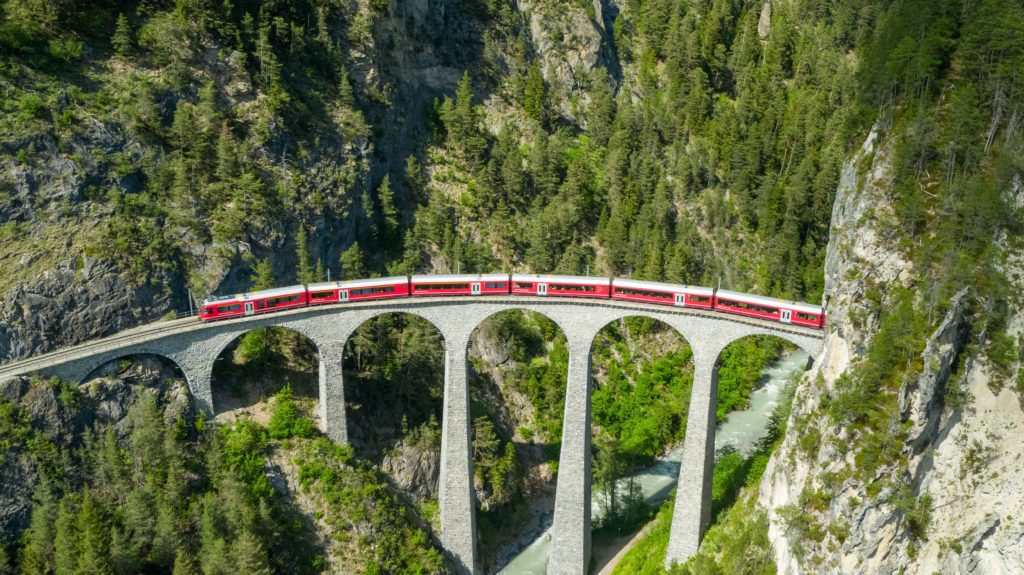
Travelling by train in Switzerland is pretty easy, especially if you compare it to the chaos of the Polish PKP trains or taking trains in countries like Kyrgyzstan. But there were a few things that surprised me on the way. To make your trip smoother, I gathered the relevant information about the Swiss trains in this short post.
Let’s talk about money: what’s the cheapest way to travel by train in Switzerland?
Switzerland is not easy on your wallet. As one of the most expensive countries in the world, you have to be careful with your budget. As someone who travels mostly to the Balkans or central and eastern Europe, I get financial anxiety every time I go to Switzerland.
Swiss trains are comfortable, punctual and scenic, but the tickets cost a lot. Especially now, when the Swiss Franc is reaching an all-time high.
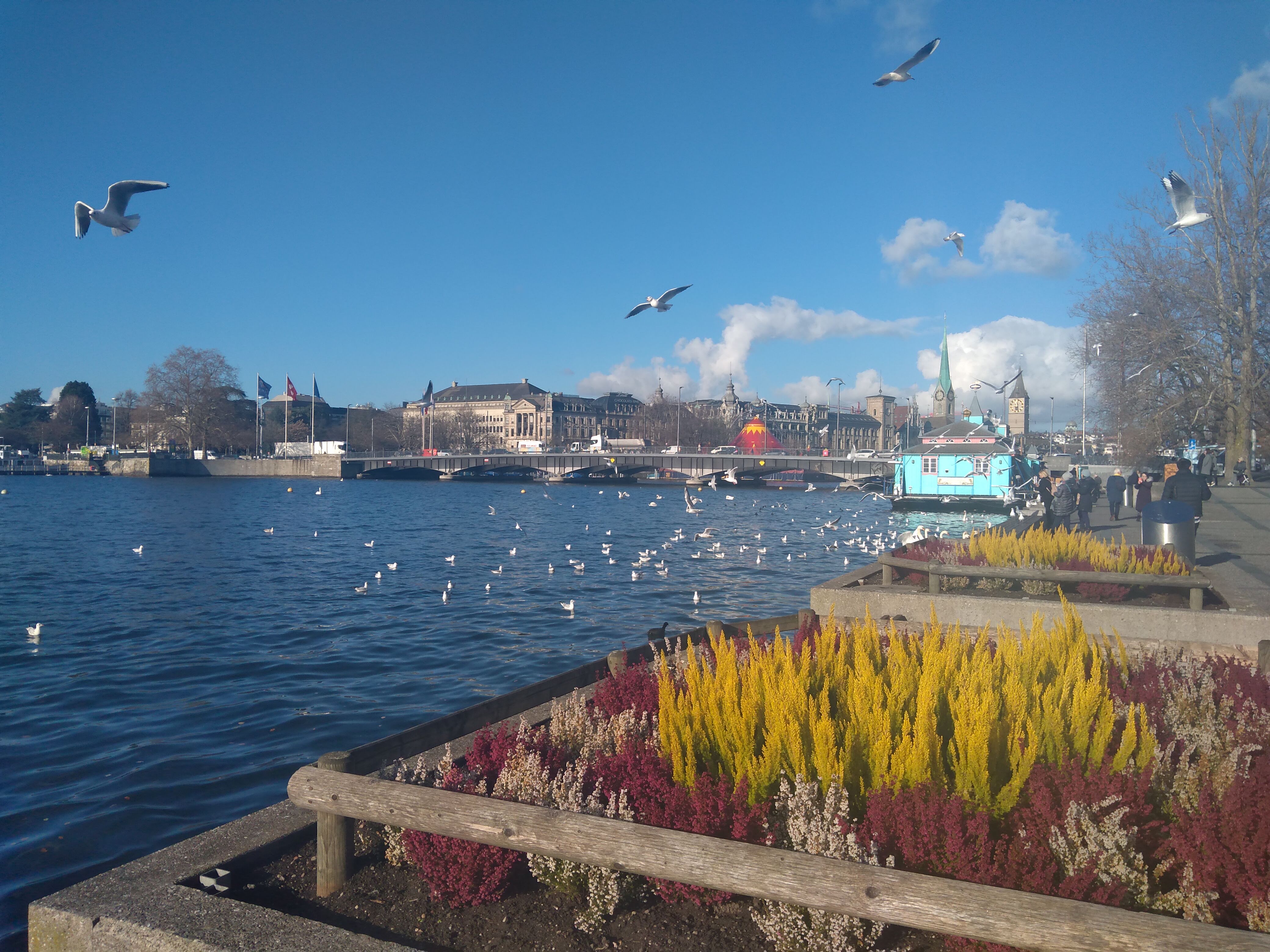
Is the Interrail Pass in Switzerland worth it?
After visiting the website of the Swiss Railways and browsing through the tickets for the trips I was planning to take, I realised it’s gonna cost me lots of money.
I was planning the trip late, and all the Sparangebote (the special offers I’ll talk more about later) were already sold out.
And then I remembered that such a thing as Interrail exists.
When is it worth buying an Interrail Pass?
- If you don’t want to make fixed plans and are uncertain about which trains you’ll take.
- If you will travel by train a lot.
- If you plan to take the legendary Glacier Express. A regular ticket on the Glacier Express from St. Moritz to Zurich costs 152 francs.
If you’re planning to do a few other train rides during your stay in Switzerland, it’s already worth getting the Interrail Pass (the one for 3 days costs 173 euros, which is just a few euros more than the Glacier Express ticket alone).
Remember that for this route, the seat reservation is obligatory (it costs 39 CHF in the low season and 49 CHF in the high season).
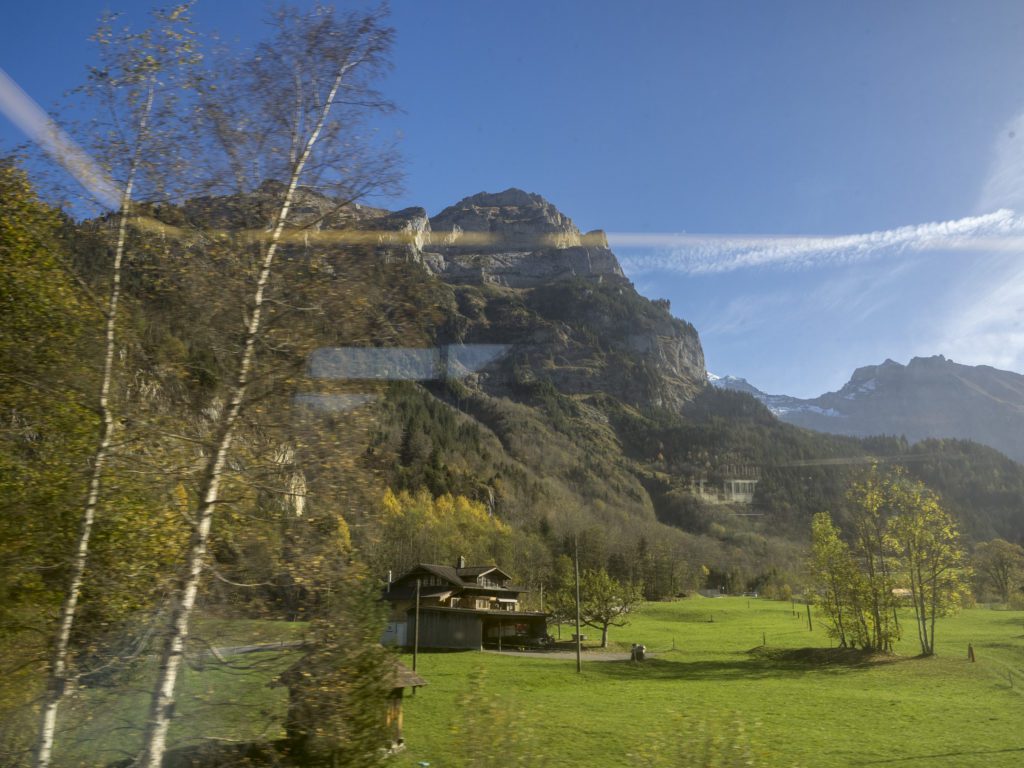
Do I need Interrail or Eurail Pass?
The Interrail Pass is only for citizens and residents of Europe. If you’re non-European living in Europe, you can still use Interrail, provided that you carry with you your European residency card.
If you’re not based in Europe, you can still benefit from cheap travel by European trains with the Eurail Pass.
How much does an Interrail Pass for Switzerland cost?
If you’re visiting Switzerland as a part of a Europe Interrail trip, you need to buy Global Pass. For example, seven travel days within a month cost 335 euros for an adult (if you’re younger than 27, you only pay 251 euros.
The Swiss Country Pass costs 291 euros for 6 days for a normal ticket and 233 euros for people below 27 years old.
Kids below 11 years old travel with you for free, so Interrail is a perfect way for a family trip.
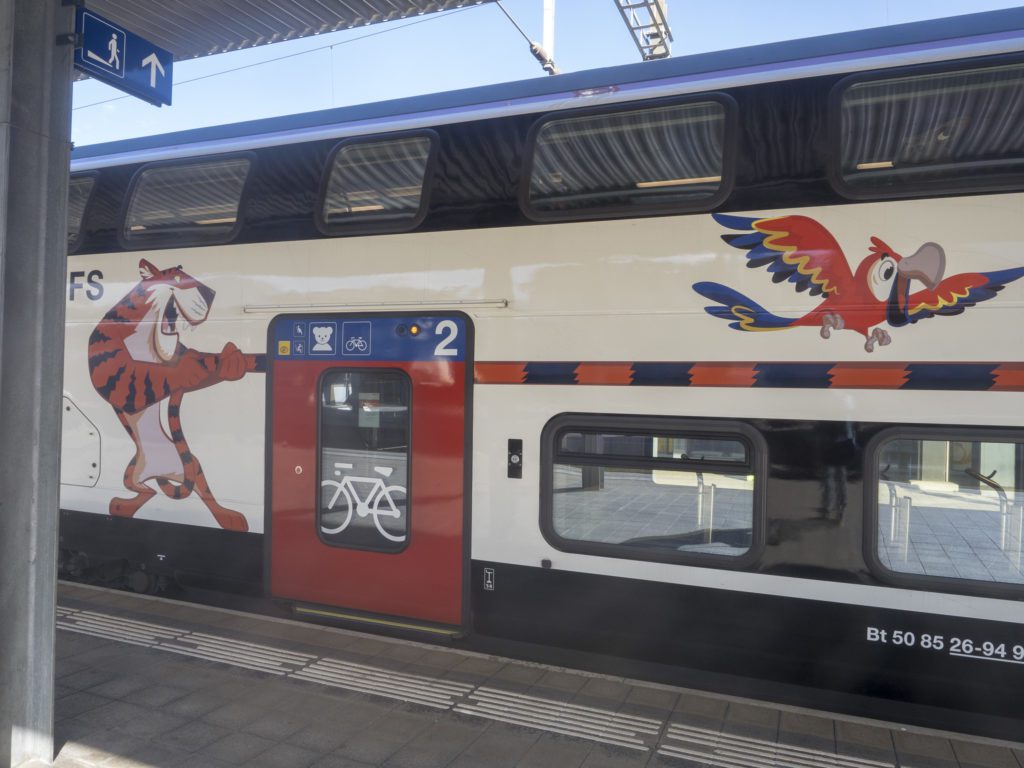
The best deals with the Interrail Pass in Switzerland
The Interrail Pass in Switzerland covers most of the routes by Swiss trains. And apart from that, you get a handful of fantastic discounts like:
- A free boat ride on the Thunersee (from Thun to Interlaken)
- 25 % off on Jungfraubahn – a spectacular trip to 3400 metres above sea level
- 50 % off on Rigi Mountain Railways – cable cars and mountain trains with insanely beautiful views
- 15 % off on Swiss Youth Hostels. Accommodation in Switzerland is crazy expensive, so you’ll need that!
Swiss Half Fare Card – another way to travel cheaper with Swiss trains
If you’re going to be travelling by Swiss trains a lot, a Swiss Half Fare card can help you to cut costs. It’s not gonna be super cheap anyway, but for 120 CHF a month, you can purchase all train tickets at a 50 % discount.
That saves you about 30 CHF for only one trip between Zurich and Zermatt.
The Swiss Half Fare Card is also valid on buses (Postauto) and on most mountain trains like the Gornergrat cogwheel railway or a cable car to Klein Matterhorn.
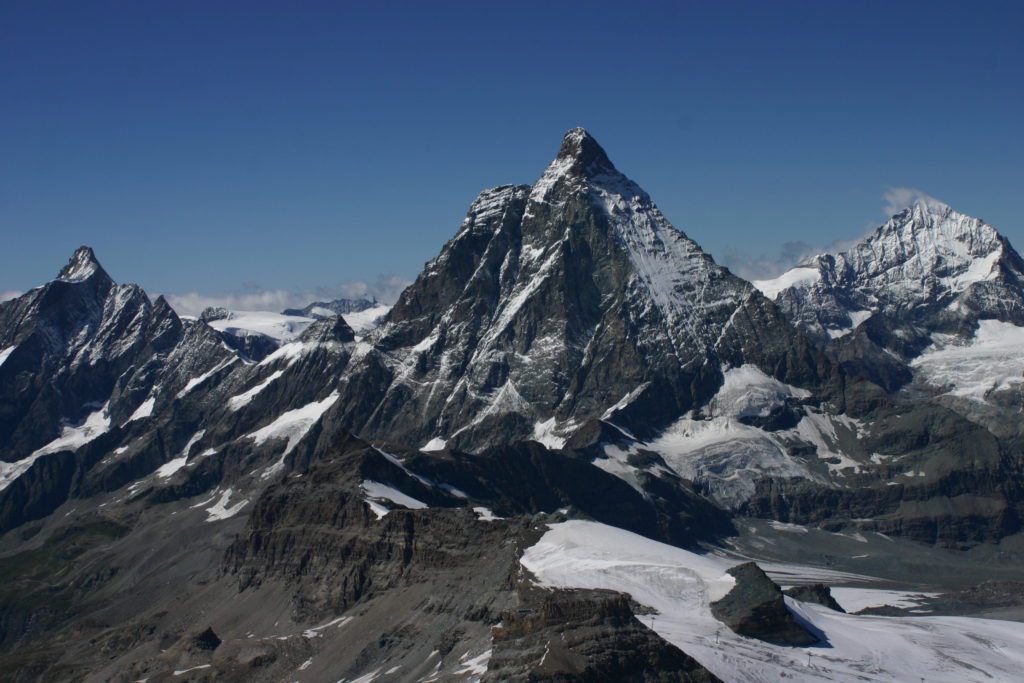
You can buy the Swiss Half Fare card here.
Are the Swiss post buses included in Interrail Pass?
The yellow Postal Buses (Postauto) are an integral part of the Swiss countryside. Where a train doesn’t reach, the Postauto will take you.
Unfortunately, Postauto is not included in the Interrail Pass. If you know some of your destinations are not accessible by train, it might be better to buy regular SBB tickets. If you only have to take a bus once or twice, Interrail might still be a better option.
Supersaver tickets (Sparbillette)
If you belong to travellers who plan every detail of their journey in advance, the Swiss Railway’s Supersaver tickets can make your trip even cheaper than the Interrail Pass.
You can buy the supersaver tickets less than 60 days in advance. The sooner you buy – the better for you! If you’re lucky, you can save up to 70 % of the regular price.
The downside? The Supersaver tickets are valid on a particular connection, leaving you no flexibility to change your travel plans.
Taking a bike on Swiss trains
If you want to explore the Swiss mountains by bike, you can bring your bike along on your Interrail adventure.
You will buy a separate ticket for your bike. The price depends on the route. On longer routes, it’s best to buy a Day Pass for the bike, which costs 14 CHF.
Some InterCity trains require a reservation of a bicycle place (this can be done online or in the ticket office).
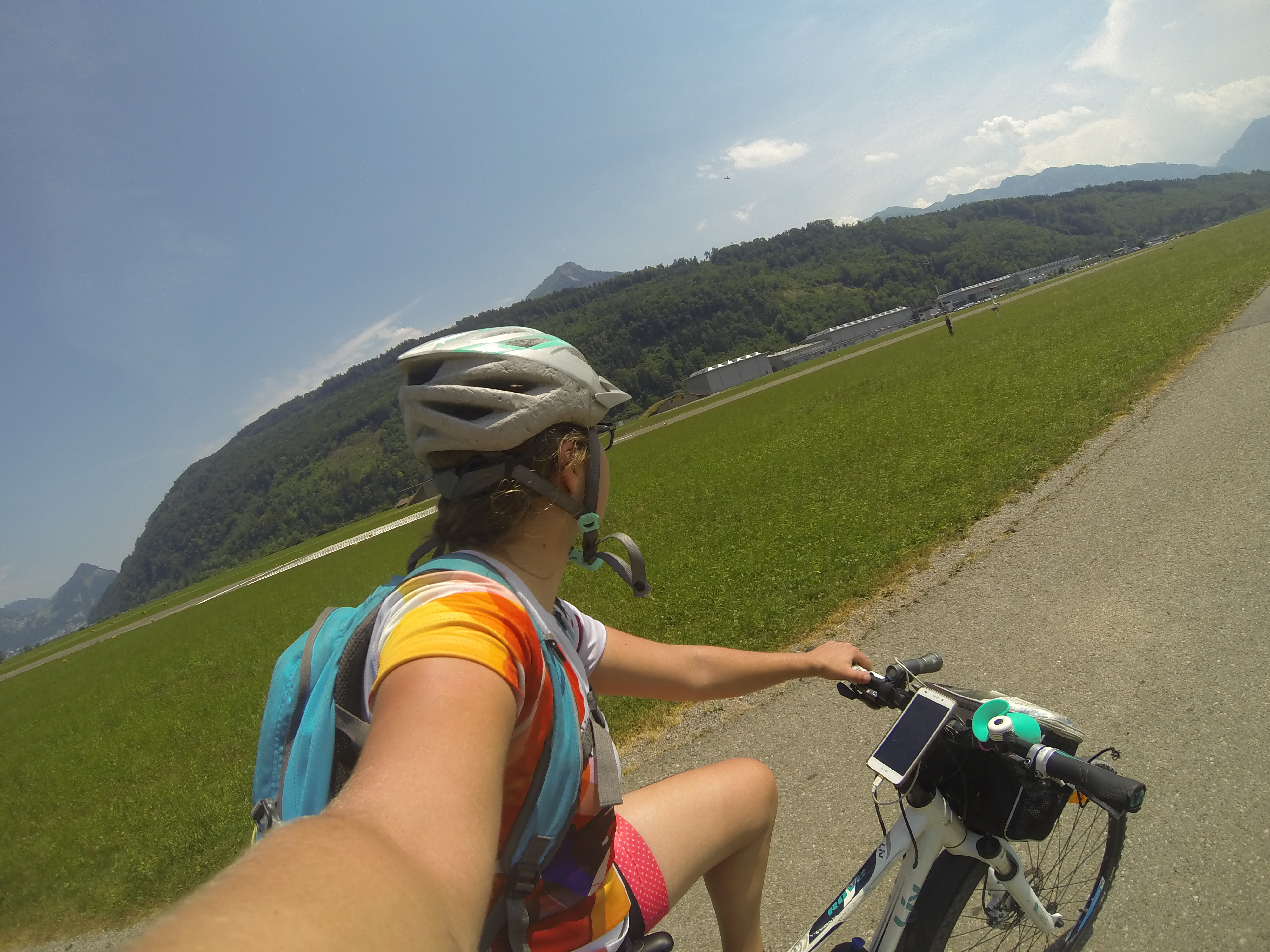
How to use Interrail Mobile Pass in Switzerland?
You can buy paper Interrail tickets or in-app mobile tickets. The latter saves you if you’re like me a last-minute planner. You can basically activate the Interrail Pass right after receiving the confirmation ticket.
The Interrail app is pretty easy to use but a few things surprised me.
I thought I could activate my pass and just jump on a train. But it’s not that simple. You must add a trip in the Interrail Pass for every leg of your journey.
Starting a new travel day
When buying your Interrail Pass, you don’t need to decide which days you’ll be travelling. So if you meet some like-minded people in a hostel and want to stay another night, you can easily change your plans and activate a travel day on another day.
This is one of the best things about the Interrail Pass. I hate having to stick to a rigid plan and greatly appreciate this sort of flexibility and freedom.
One important thing: remember that you need an internet connection to activate your travel day. After you do that and add the first leg of your trip, you can go offline again. The QR code will show in your app regardless of your internet connection.
I didn’t realise that and unfortunately had to pay extra for using my data to activate it (it was just a few euros, but it was a cost I could’ve avoided).
Speaking of the internet, there is no WiFi on most trains and only occasionally at some train stations. If you’re from the UK, then you have the Go Roam in Europe deal and don’t have extra charges, but if you have an EU SIM card, the roaming charges for Switzerland are super high, so be careful with your data!
If you want to be on the safe side and prefer having internet while travelling, get a Swiss SIM card or an eSIM card. I recommend Airalo, where prices start from 4,50 euros for 1GB, valid for seven days.

Adding a trip
Since the timetable in the Interrail Mobile App is offline, it’s not always up to date, and you sometimes need to log in a trip manually.
How to add an Interrail trip manually?
If the connection you’re about to take doesn’t show up in the app, scroll down and click on Add it manually. You enter the departure station, the destination, and the date and time of the departure and arrival.
From my experience, I can say that you don’t have to be 100 % accurate with the time of arrival and departure. If you’re unsure when your train arrives at your destination, put in an estimate. I did it a few times, and none of the conductors even checked it. They only scan the QR code and check if you’ve activated a travel day.
Best train routes in Switzerland (covered by Interrail Pass)
Travelling by train in Switzerland is not just about moving from one place to another. It’s an attraction in itself.
Normally, I use the time on a train to catch up with some reading or writing, but in Switzerland, it’s almost impossible. The views are so enticing that I end up glued to the window for the entire trip.
The most scenic train routes in Switzerland are:
Glacier Express
Advertised as the slowest express in the world, the Glacier Express from St. Moritz to Zermatt will take you through the finest corners of the Swiss Alps. It passes through 300 bridges and over 90 tunnels to bring you to the feet of the Swiss Jewel – The Matterhorn (you know, the famous mountains on the package of Toblerone chocolate).
The train has panoramic windows and a luxurious dining wagon.
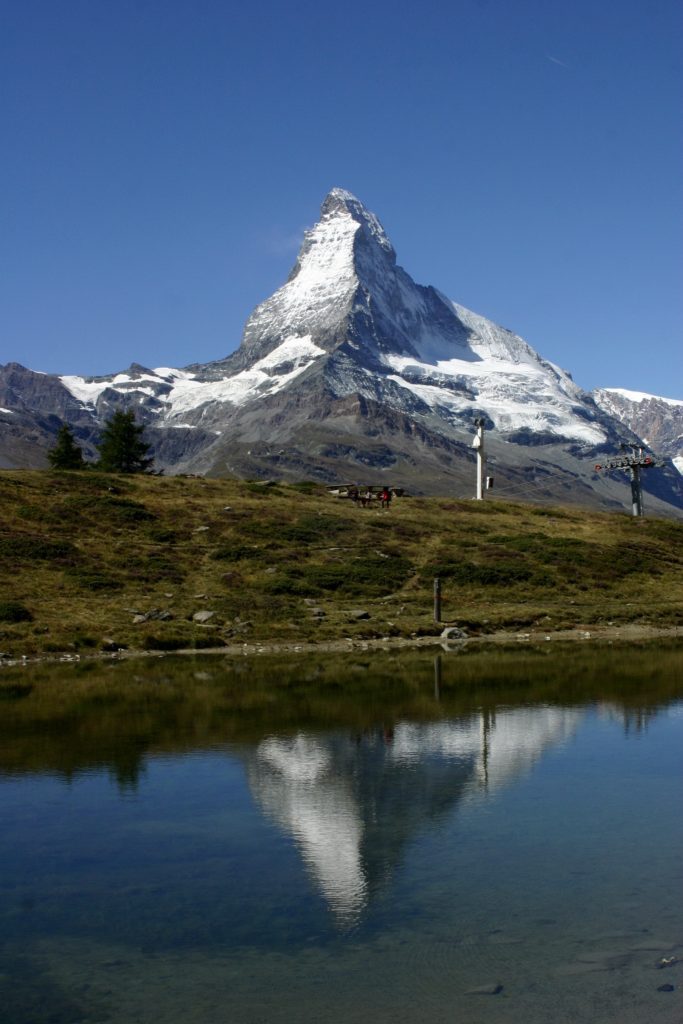
Bernina Express
Less known than the Glacier Express, the route of the Bernina Express is no less breathtaking. It doesn’t often happen that you can take a train up to 2250 metres above sea level. The route of Bernina Express is on the UNESCO heritage list. On your way, you’ll see one of Switzerland’s most famous four-thousander – Piz Bernina – before the train descends to Italian Tirano and the palms replace the snow-capped mountains.
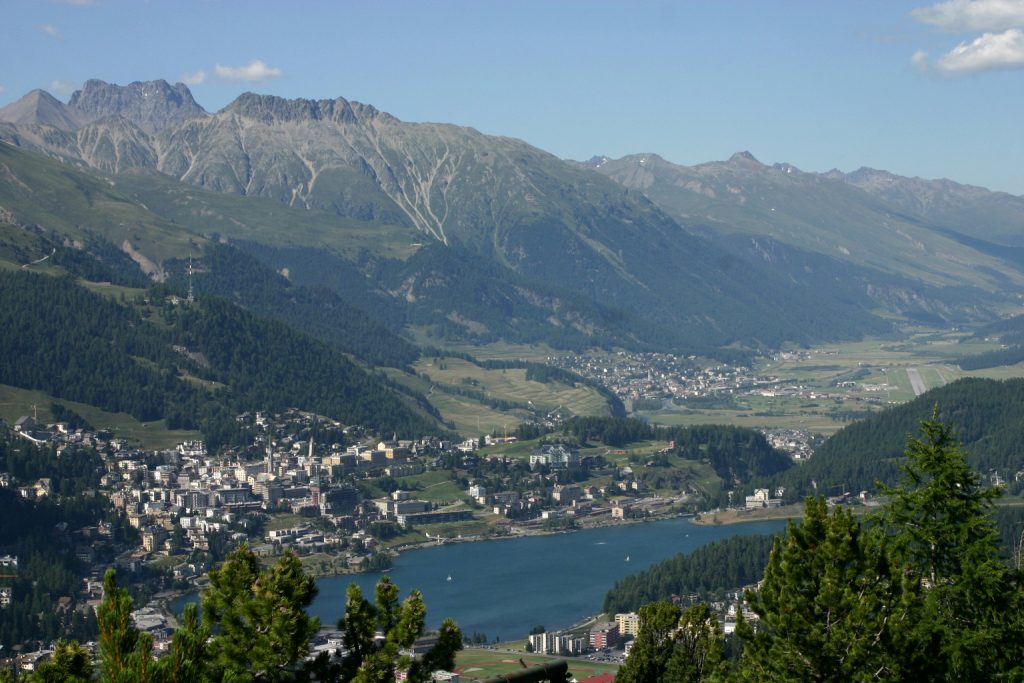
The Golden Pass
The route from Luzern to Montreaux by Lake Geneva is like Switzerland in a nutshell: with spectacular 4000-metre peaks, mountain lakes and charming cities with painted renaissance houses. The ride consists of three train rides (Luzern-Interlaken, Interlaken-Zweisimmen and Zweisimmen-Montreaux).
Perks of having an Interrail Pass on this route? You can take the spectacular boat trip on lake Thunersee from Interlaken to Thun for free! (Normally, it would cost you 22,50 CHF).
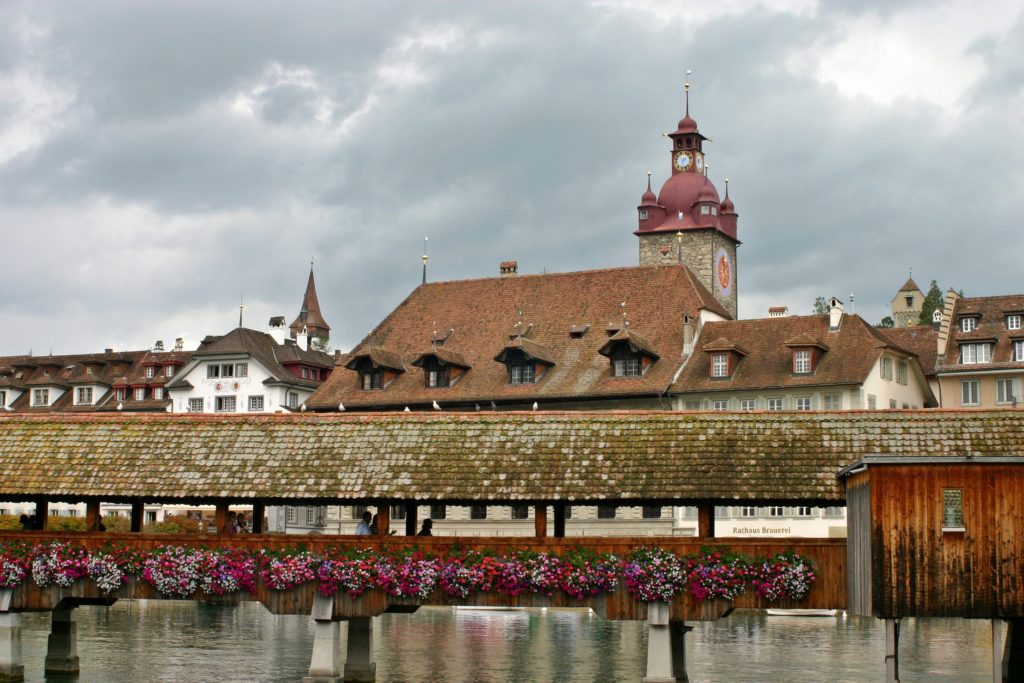
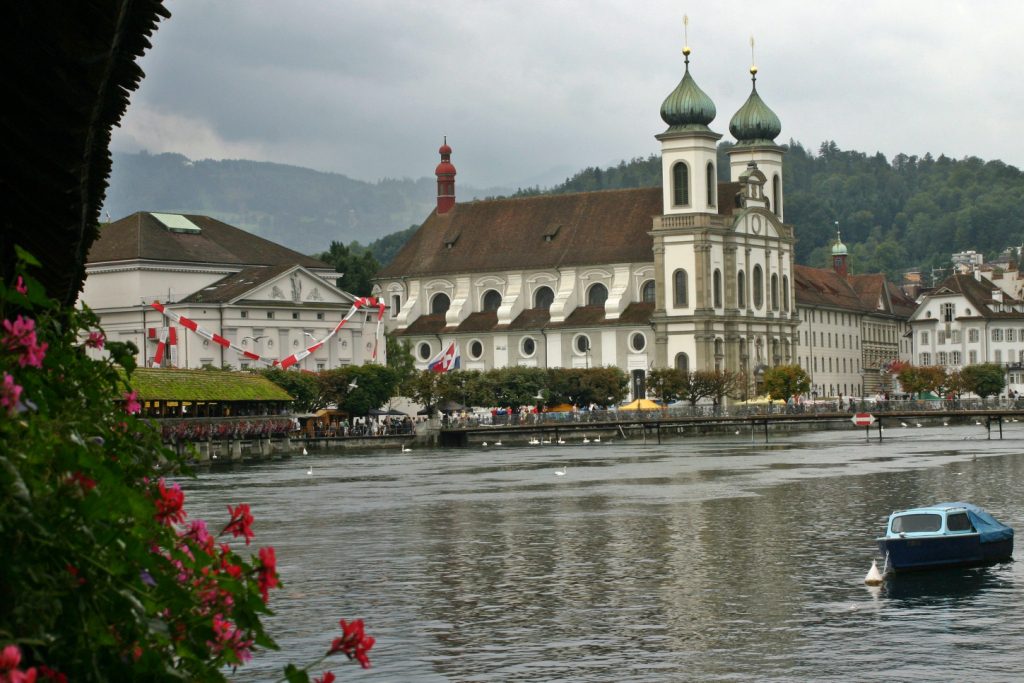
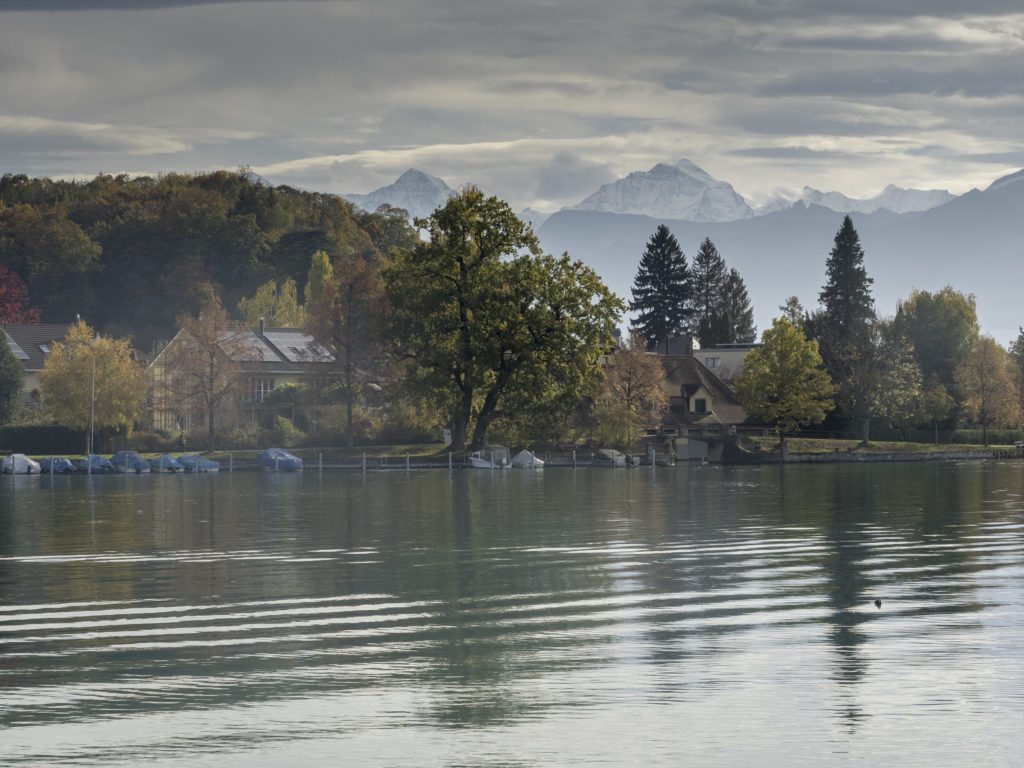
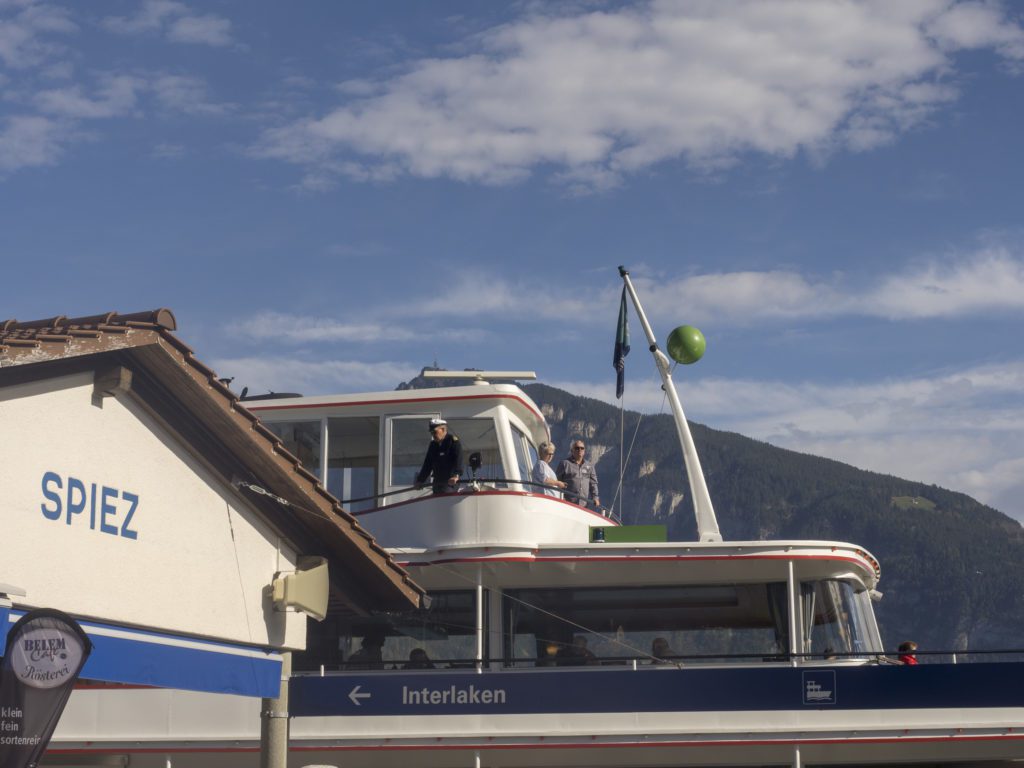
Do you know any other tricks on how to save money while travelling in Switzerland? Please share them in the comments!
